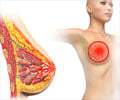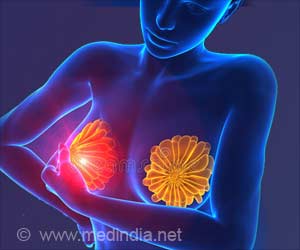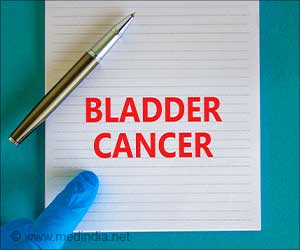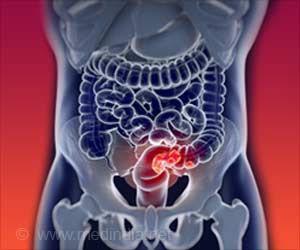Researchers have found that young women who have been diagnosed with breast cancer wrongly believe that the odds of cancer appearing in other breast are also high.

The study, published in the Sept. 17 issue of the Annals of Internal Medicine, shows a certain disconnect between what many patients know on an abstract, intellectual level - that CPM has little impact on survival rates for most women - and the choices they make after receiving the anxiety-inducing diagnosis of breast cancer, the authors say.
"An increasing percentage of women treated for early-stage breast cancer are choosing to have CPM," says the study''s lead author, Shoshana Rosenberg, ScD, MPH, of the Susan F. Smith Center for Women's Cancers at Dana-Farber. "The trend is particularly notable among younger women."
The survey results, explains Rosenberg, suggest that many patients are going into this decision with an unrealistic sense of the benefits of CPM, and of the risks. "Improving the communication of those risks and benefits - together with better management of anxiety surrounding diagnosis - and providing patients with the support they need to make decisions based on solid evidence - are worthwhile steps," says Rosenberg.
In the survey, researchers canvassed 123 women age 40 or younger who had undergone a bilateral mastectomy - the removal of both breasts - despite having cancer in only one breast. Respondents answered questions about their reasons for having the procedure, their knowledge of its risks and benefits, and their satisfaction with the outcome.
Almost all the women said they opted for CPM out of a desire to improve their chances of survival and prevent the cancer from spreading to other parts of the body. At the same time, however, most understood that removing both breasts does not extend survival for women who are free of an inherited genetic predisposition to breast cancer.
To explain this apparent contradiction, the authors write, "Most women acknowledge that CPM does not improve survival, but anxiety and fear of recurrence probably influence them during the decision-making process."
The survey also indicated that women who don''t inherit an increased genetic risk of breast cancer tend to overestimate the chance that cancer will develop in both breasts. They estimated that 10 out of 100 women with cancer in one breast would develop cancer in the other breast within five years. The actual risk of that happening is approximately 2 to 4 percent.
By contrast, respondents who did have an inherited predisposition to breast cancer - as a result of a mutation in the genes BRCA1 or BRCA2, for example - more accurately perceived their risk for cancer in both breasts.
Even as they overestimated the benefits of CPM, many of the participants underestimated the severity of some of its side effects. Many respondents said the effect of CPM on their appearance was worse than they had expected. A substantial proportion of the respondents - 42 percent - reported that their sense of sexuality after CPM was worse than expected, although other studies have not found sexual problems to be prevalent.
"Our findings underscore how important it is that doctors effectively communicate the risks and benefits of CPM to women," Rosenberg says. "We need to be sure that women are making informed decisions, supported decisions, based on an accurate understanding of the pros and cons of the procedure, and in a setting where anxiety and concerns can be addressed."
The senior author of the study is Ann Partridge, MD, MPH, of the Susan F. Smith Center for Women's Cancers and director of the Program for Young Women with Breast Cancer at Dana-Farber.
Funding for the study was provided by the National Cancer Institute (NIH 5 R25 CA057711) and Susan G. Komen for the Cure.
-Written by Rob Levy
Dana-Farber Cancer Institute (dana-farber.org) is a principal teaching affiliate of the Harvard Medical School and is among the leading cancer research and care centers in the United States. It is a founding member of the Dana-Farber/Harvard Cancer Center, designated a comprehensive cancer center by the National Cancer Institute. It provides adult cancer care with Brigham and Women's Hospital as Dana-Farber/Brigham and Women's Cancer Center and it provides pediatric care with Boston Children's Hospital as Dana-Farber/Boston Children's Cancer and Blood Disorders Center. Dana-Farber is the top ranked cancer center in New England, according to U.S. News & World Report, and one of the largest recipients among independent hospitals of National Cancer Institute and National Institutes of Health grant funding. Follow Dana-Farber on Facebook and on Twitter.
Source-Newswise
 MEDINDIA
MEDINDIA



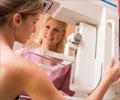
 Email
Email


